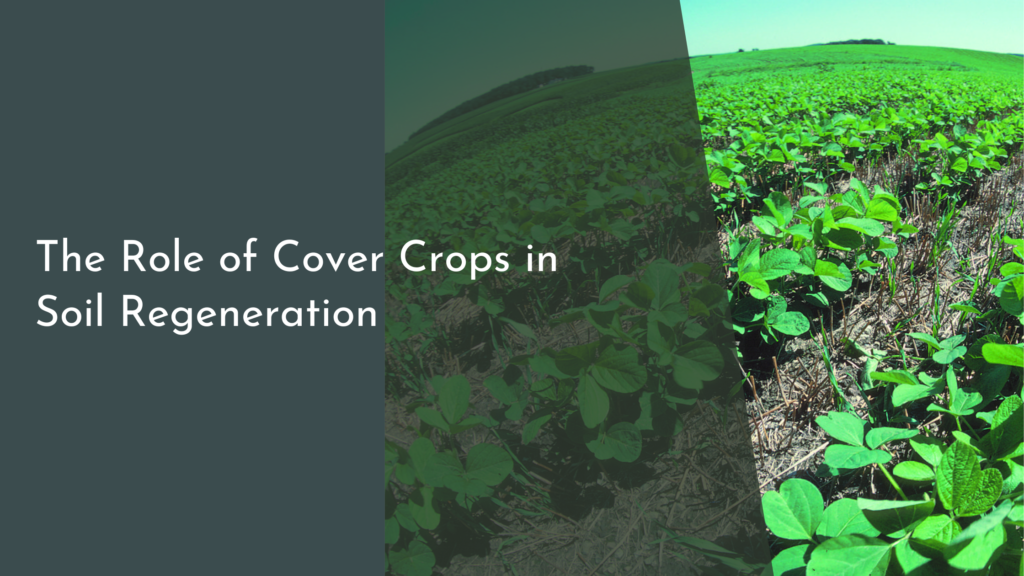Rainwater Utilization in Livestock Feed Preparation Processes
Rainwater utilization is gaining momentum as a sustainable practice across various sectors, including agriculture and livestock management. As farmers face the dual challenges of climate change and water scarcity, collecting and using rainwater for livestock feed preparation presents a promising solution. This approach not only conserves precious water resources but also enhances the nutritional quality of animal feed while promoting eco-friendly farming practices. In this article, we will delve into the importance of harnessing rainwater in livestock feed preparation, explore the benefits of this practice, discuss innovative techniques for rainwater collection, and highlight how rainwater harvesting can enhance livestock nutrition.
Harnessing Rainwater: A Sustainable Solution for Livestock Feeds
The increasing pressure on freshwater resources due to population growth and agricultural demands urges farmers to seek alternative methods for sourcing water. Rainwater harvesting, which involves collecting, storing, and utilizing rainwater, offers a sustainable solution for livestock feed preparation processes. By diverting rainwater into storage tanks or reservoirs, farmers can ensure a reliable water supply for mixing feeds or for the hydration of feed ingredients. This not only mitigates the reliance on groundwater or municipal water supplies but also supports sustainable farming practices.
Implementing rainwater utilization systems in feed preparation can significantly reduce the carbon footprint associated with livestock farming. By capitalizing on a natural resource, farmers can lower operational costs while promoting environmentally-friendly practices. The integration of rainwater harvesting into livestock operations aligns with global sustainability goals and helps create a resilient agricultural ecosystem. The transition to using rainwater in feed preparation processes is a forward-thinking approach that addresses both economic and environmental concerns effectively.
The Benefits of Using Rainwater in Feed Preparation
Utilizing rainwater for livestock feed preparation provides numerous benefits, notably in terms of water quality. Rainwater is typically free from the contaminants that may be found in other water sources, such as chlorine or heavy metals. This ensures that the feed produced is not only safe but also more nutritious for the livestock consuming it. The purity of rainwater can lead to improved health outcomes for animals, potentially reducing veterinary costs and enhancing overall herd productivity.
Moreover, using rainwater can help stabilize the costs associated with feed production. Water is a crucial component in many feed formulations, and tapping into rainwater can reduce dependency on costly municipal water supplies or fossil fuel-powered groundwater extraction. This results in significant cost savings for farmers, allowing them to reinvest in their operations or explore other sustainable agricultural practices. With financial and health benefits working together, the trend of rainwater utilization in livestock feed preparation becomes a win-win for farmers and animals alike.
Innovative Techniques for Rainwater Collection and Use
Farmers have embraced a variety of innovative techniques for effective rainwater collection and storage. One popular method involves the construction of rainwater catchment systems on rooftops, which direct rainwater into storage tanks. These systems can be designed to filter and purify the water, ensuring it is suitable for use in feed preparation. Additionally, the use of bio-swales and rain gardens can help manage runoff while enhancing soil health, creating a more holistic approach to water management on the farm.
Furthermore, technology plays a crucial role in optimizing rainwater utilization. Smart sensors and IoT (Internet of Things) devices can be employed to monitor rainfall and soil moisture levels, allowing farmers to determine the best times to collect and use rainwater. Automated systems can also manage the flow of water, directing it to feed preparation areas precisely when needed. These innovative techniques not only streamline operations but also empower farmers to make data-driven decisions that maximize efficiency in their livestock management practices.
Enhancing Livestock Nutrition with Rainwater Harvesting
Rainwater harvested for livestock feed preparation can significantly enhance the nutritional profile of animal diets. When used to moisten or mix feed ingredients, rainwater can improve the palatability and digestibility of the feed, making it more appealing to livestock. This can lead to better feed conversion rates and overall animal performance, contributing to healthier livestock and improved productivity for farmers.
Additionally, the incorporation of rainwater in feed preparation can enhance the bioavailability of nutrients in the feed. This means that essential vitamins, minerals, and other nutrients are more easily absorbed by the animals, which can lead to better growth rates and reproductive success. As farmers become more aware of the advantages of rainwater utilization, they can unlock new levels of efficiency and nutritional value in their livestock operations, creating a win-win scenario for both the animals and the farmers.
In conclusion, harnessing rainwater for livestock feed preparation stands out as a sustainable and efficient practice that benefits both the environment and animal husbandry. The advantages of using rainwater—from improved water quality and cost savings to enhanced livestock nutrition—highlight the importance of integrating this practice into modern farming. By investing in innovative collection techniques and embracing this eco-friendly approach, farmers can contribute to a more sustainable agricultural future. Together, let’s celebrate the potential of rainwater as a valuable resource in livestock feed preparation, showcasing how nature can inspire responsible farming practices.

